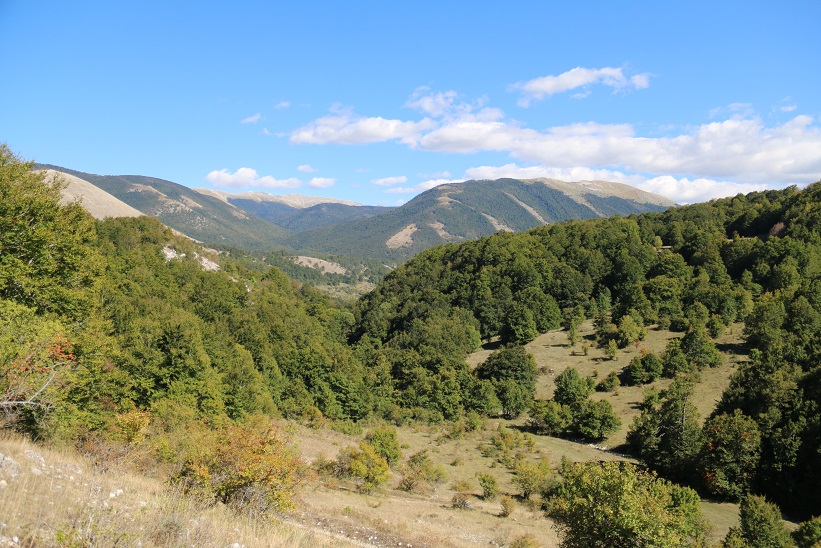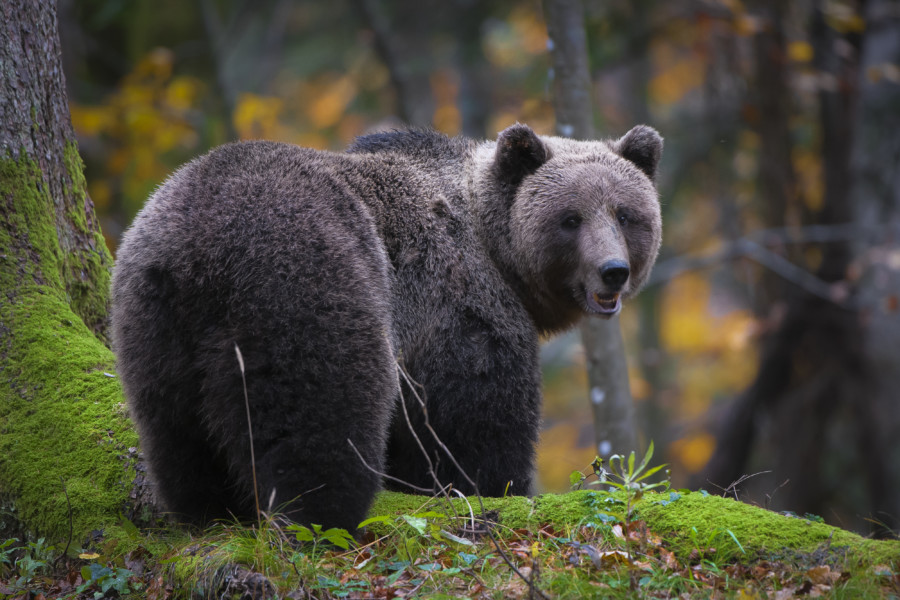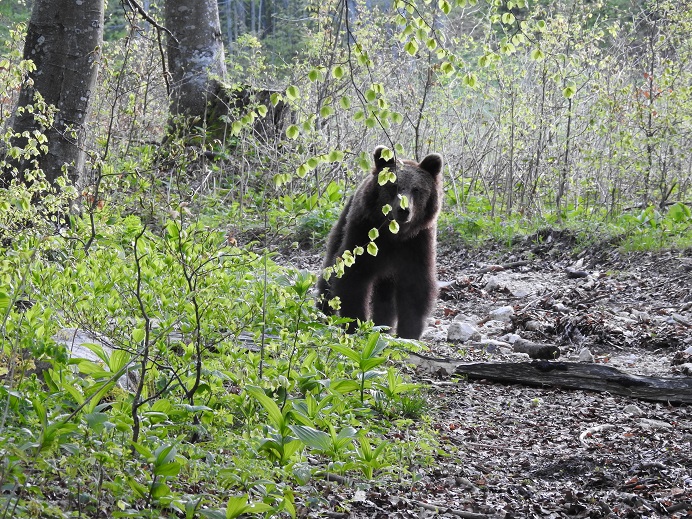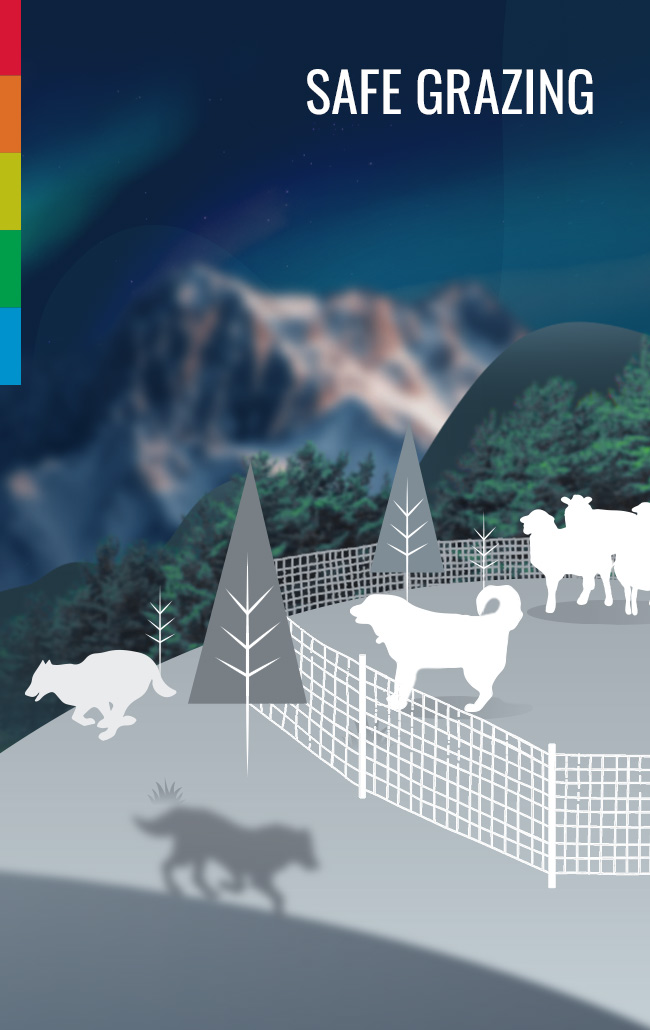In the scope of LIFE DINALP BEAR A.3 Action we have analysed habitat suitability and connectivity for brown bear in the Alps and Dinaric Mountains. We used an extensive database with GPS locations from all bears that have been ever monitored by GPS telemetry in the study area. We conducted multiscale modelling of habitat suitability across 3 spatial scales (population distribution, home range establishment, and use of habitat in individual home range). From a historical viewpoint, brown bear has been subjected to different management scenarios in different regions in the Alps and Dinarics, from heavy persecution to strict protection. Moreover, the present natural conditions between the regions are far from equal. The combination of these factors could result in different responses to human disturbance and thus, to different habitat selection patterns. To account for these potential differences, we conducted the analysis on three separate demographic groups.
The bears in all groups primarily choose forested areas, however we found strong differences in the effect of other environmental variables. Bears in Trentino prefer areas that are difficult to access in steep and topographically more diverse terrain, which could be a response to a high frequency of human activity in the area. The spatially explicit model showed that there is enough suitable habitat for bears in the study area, but it is strongly fragmented. The largest and most important patches of habitat coincide with the current brown bear distribution and are crucial for population connectivity in the Alps and the Dinarics. The most suitable habitat is located in the pre-Alpine and Dinaric area. Common transnational decision-making is required for the preservation of sufficient habitat and population connectivity and thus conservation of long-term viability of bear population in the Alps and Dinarics.
The final report on habitat suitability and spatial connectivity can be found here.












